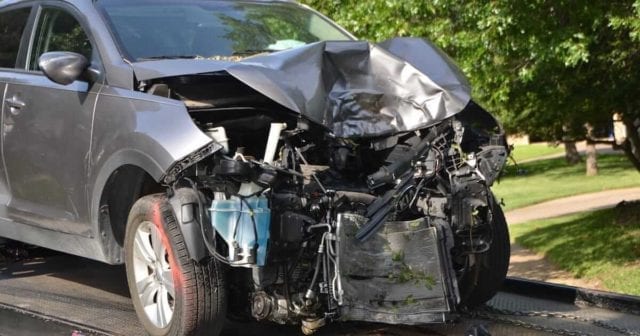When living expenses and bills start piling up, it’s common to look around and wonder what you can cut to save some cash. You lower your cable from 300 channels to 30. Your internet connection may become a little slower. Do you really need all that data for your cell phone?
Next on your list of expenses to slash may be your auto insurance. Do you really need full coverage? While removing full coverage may save you some money in the short term, there are a number of things you need to consider first.
WHAT IS FULL COVERAGE?
If you ask for “full coverage” when purchasing a policy, you’ll get liability protection, collision coverage, and comprehensive coverage. Liability protects other people when you cause an accident. Collision covers you when you’re in an accident – whether between you and another vehicle or you and an icy road. Comprehensive coverage protects you when your car is damaged by theft, fire, or the weather.
WHAT HAPPENS WHEN YOU REMOVE FULL COVERAGE
First, it’s important to know that you may not have the option of going without full coverage. If your vehicle is financed through a bank or other lender, you may be required to carry full coverage protection until you pay off your car or your lender releases you from the lien.
Next, you need to know what you give up when you remove full coverage and have liability-only insurance protection. The immediate cost savings can pale in comparison to what you will spend if you’re in an accident.
- You’ll receive no payment for any damage to your car or medical costs for your injuries if you cause the accident. Even minor injuries can add up quickly.
- You won’t be covered if your vehicle is stolen.
- Full coverage also allows you to purchase additional add-ons to your coverage like roadside assistance, rental car reimbursement, or towing services. You’ll lose these if you go to liability only.
- You’ll be responsible for weather related damage – like damage from a passing hail storm. Whether the damage is minor or severe, you’ll have to pay for it or drive around with a dented, bent-up vehicle.
Even if you think you’re an excellent driver, accidents still happen and sometimes the problem is between you and a wet, slick road or a deer that runs in front of your car out of nowhere. The small savings you see from dropping full coverage is nothing when you compare it to the cost of a new car.
WHEN IT MAKES SENSE TO CONSIDER DROPPING FULL COVERAGE
There is one instance when full coverage may not be worth the cost. When the value of your vehicle drops so low that you’re spending more in insurance coverage than the amount you’d receive if it gets totaled, it may not make sense to continue with full coverage. But if you choose that option, make sure you have enough money in savings to cover the cost of repairs or to help purchase a new vehicle if you’re involved in an accident.
When you’ve got questions about your current auto insurance or you need a new policy, we’re here to help.

